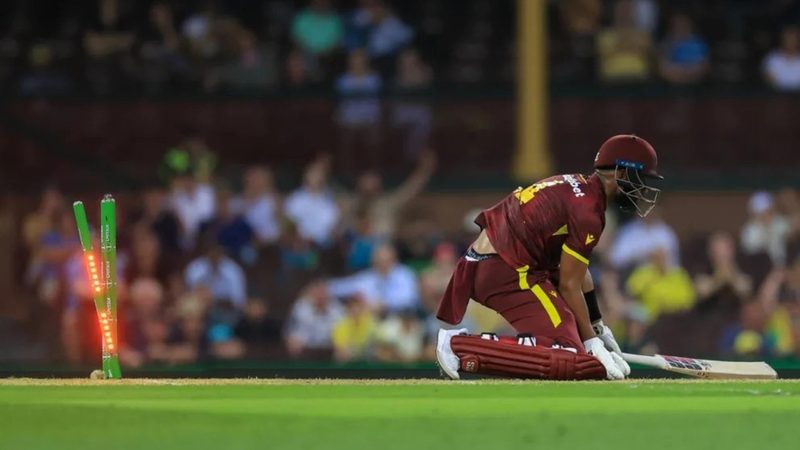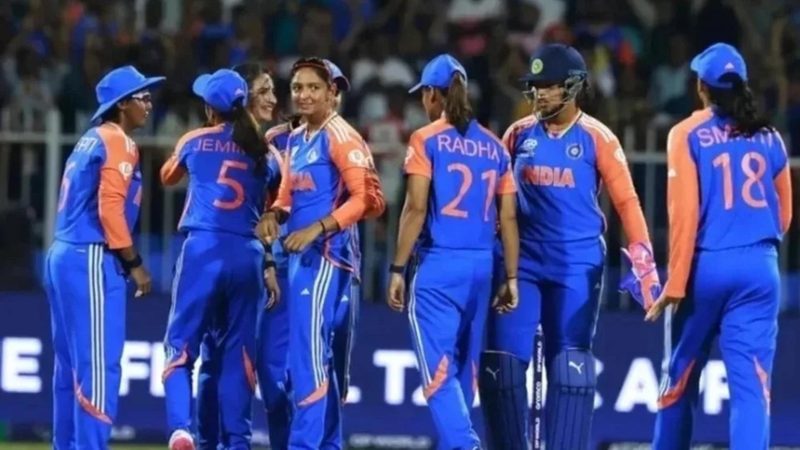
FIFA have stepped up their effort to make officiating in matches easier for referees by introducing semi-automated offside technology (SAOT) at the upcoming FIFA World Cup 2022 in Qatar.
The latest technological offering in football comes four years after the football governing body allowed the use of the Video Assistant Referee system (VAR) at the 2018 FIFA World Cup, which found mass-adoption post that.
The SAOT was first tried out at the 2021 Arab Cup fixture between Tunisia and Mauritania. Chelsea’s Club World Cup final against Palmeiras in February 2022 was the first instance of the semi-automated offside technology being implemented in club football.
What is semi-automated offside technology?
The semi-automated offside technology is a support tool for the video match officials and the on-field officials to enable them to make faster and more accurate decisions regarding offsides during a football match.
How does semi-automated offside technology work?
The semi-automated offside technology will use 12 dedicated tracking cameras mounted underneath the roofs of the football stadiums which will host the matches during the FIFA World Cup 2022 in Qatar.
These cameras will collect upto 29 data points on each of the 22 individual players on the field up to 50 times per second. The collected data points include the tracking of players’ limbs while they move around the field and also the ball’s position at any stage.
The official match ball for the World Cup will be fitted with an inertial measurement unit (IMU) sensor in the core. This sensor will provide the precise detection of the ball’s movement to the video operation room at a rate of 500 times per second.
The data points, the players’ limb movements and ball-tracking, collected through the semi-automated offside technology will be transfigured into a 3D model using artificial intelligence (AI). The model will analyse the offside scenario and automatically alert the video assistant referees if a player is in an offside position during play.
The video match officials, upon receiving the alert, will manually check if the data shared is valid before communicating it to the on-field referees, who can officially make the call.
How is semi-automated offside technology different from VAR?
The semi-automated offside technology is an upgrade to the existing VAR system. While VAR uses broadcast TV cameras to confirm a possible offside, the semi-automated offside technology uses the data from the positioned cameras to provide a decision based on real time data.
Simply put, the SAOT will signal a possible offside within 15 to 25 seconds of an action during play. In contrast, the current VAR technology can take up to 70 seconds to complete an offside check in a game of football.
Is semi-automated offside technology accurate?
While the VAR system gives players a benefit of doubt in a review for a possible offside, the semi-automated offside technology eliminates the doubt.
The SAOT relies on accuracy and speed to make an offside decision, which will aid in referees taking less time to decide if a player is offside or not.
Author: William Paul
Featured photo: AFP / KIRILL KUDRYAVTSEV























